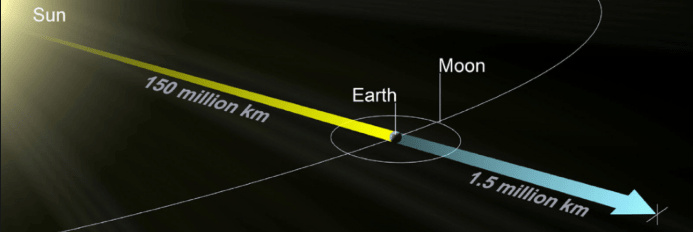Online Conversion
The velocity of light is a fundamental property of nature, and it is expressed in units defined by humans according to their standards. The concept of the meter, a unit of length, originated in 1793, representing one ten-millionth of the distance from the equator to the North Pole. Subsequently, in 1799, it was redefined using a prototype meter bar (later updated in 1889). In 1960, the meter's definition evolved to be based on a specific number of wavelengths of a particular emission line from krypton-86. Finally, in 1983, the current definition of the meter was established, providing a precise and consistent measurement for scientific and practical applications.

In the International System of Units (SI), the fundamental unit of length is the meter, which is now precisely defined based on the speed of light in a vacuum. As of the current definition, a meter represents the distance that light travels in a vacuum during a time interval of 1/299,792,458 seconds. All other length and distance measurements in the metric system are derived from the meter, for example, a kilometer is equal to 1000 meters, and a millimeter is equal to 1/1000th of a meter. The centimeter and kilometer are also widely used units derived from the meter, serving as convenient and versatile measurements for various applications. This standardized approach ensures consistency and accuracy in measuring lengths and distances within the metric system, enabling seamless communication and scientific precision across various fields of study.
Conversion
The concept of system conversion refers to the process of transitioning from one type of system to another. This conversion is influenced by the unique circumstances and the intended objective of the transformation. Such a shift may be dictated by regulatory requirements, contractual agreements, technical specifications, or established industry standards. During the process of conversion, a vital tool known as a "conversion factor" is employed. This factor allows for the alteration of units for a measured quantity without affecting its intrinsic value. By utilizing conversion factors, individuals can seamlessly navigate between different measurement systems, ensuring compatibility and coherence across diverse contexts and applications. This practice holds immense significance in various fields, facilitating the smooth exchange of information, harmonizing data representations, and developing accurate communication within scientific, engineering, and commercial domains.
- Meter (m) to Centimeter (cm) Conversion
- Meter (m) to Millimeter (mm) Conversion
- Meter (m) to Inch (in) Conversion
- Meter (m) to Feet (ft) Conversion
- Meter (m) to Yard (yd) Conversion
- Meter (m) to Kilometer (km) Conversion
- Meter (m) to Mile (mi) Conversion
- Meter (m) to Nautical mile (nm) Conversion
- Centimeter (cm) to Meter (m) Conversion
- Centimeter (cm) to Millimeter (mm) Conversion
- Centimeter (cm) to Inches (in) Conversion
- Centimeter (cm) to Feet (ft) Conversion
- Centimeter (cm) to Yard (yd) Conversion
- Centimeter (cm) to Kilometer (km) Conversion
- Centimeter (cm) to Miles (mi) Conversion
- Centimeter (cm) to Nautical miles (nm) Conversion